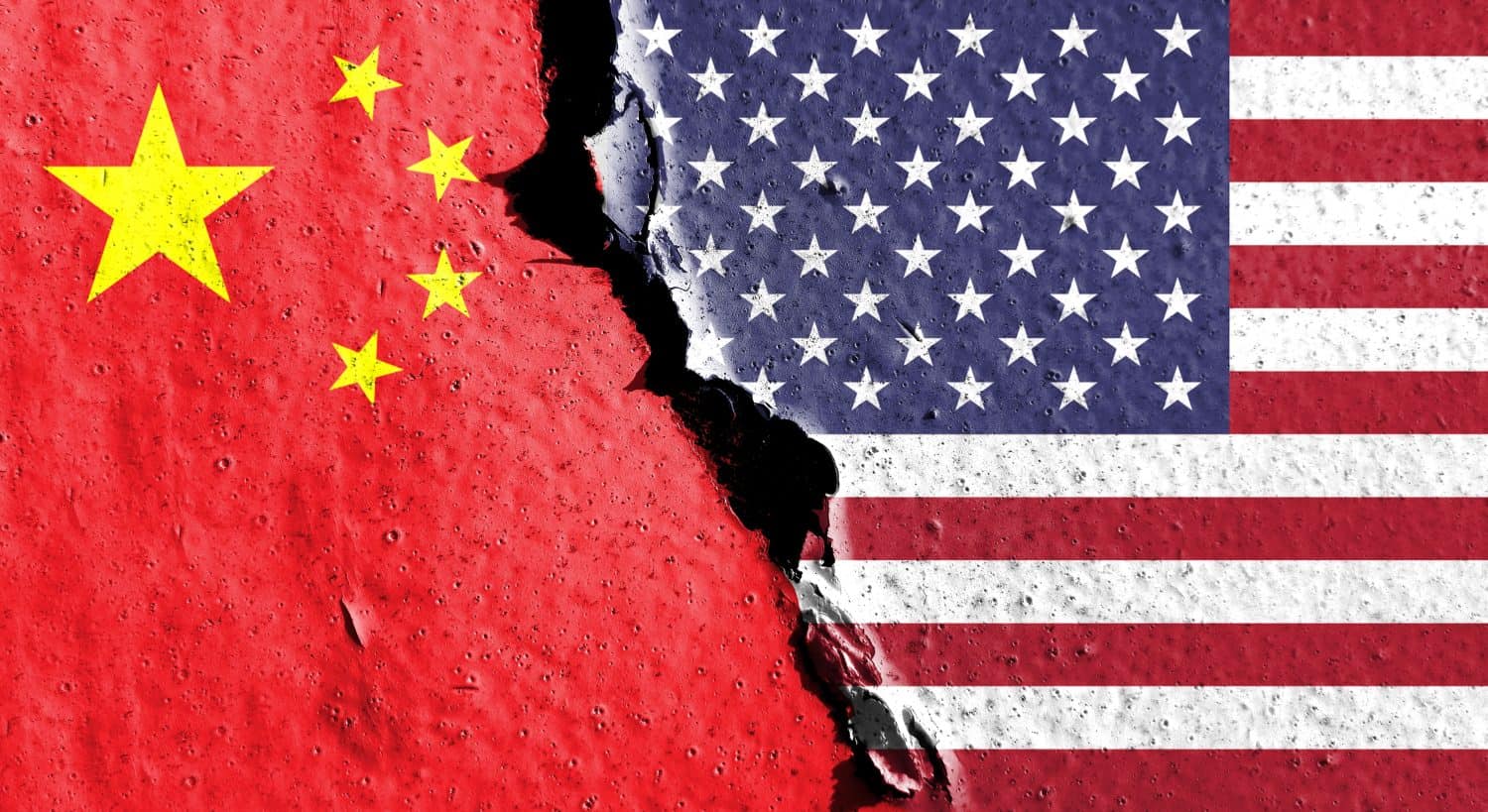
"The trade war between the United States and China began in 2018 and escalated into one of the most significant economic conflicts in recent history. The tension originally centered on issues like intellectual property theft, trade issues, and market access."
"Hundreds of billions of dollars' worth of goods were affected, on both sides of the aisle. Global supply chains were drastically disrupted, markets altered significantly, and uncertainty was rampant across multiple industries from agriculture to technology."
"Tariff announcements often triggered major stock market reactions, influenced currency valuations, and led to altered manufacturing strategies. Rounds of negotiation swiftly shifted between patient optimism and abrupt hostility."
"This slideshow reviews the main moments of the trade war, highlighting how policy decisions and economic data shaped the conflict's evolution, presenting important moments and market responses."
The U.S.-China trade war, initiated in 2018, represents a major economic conflict driven by issues such as intellectual property theft and trade access. This conflict led to hundreds of billions of dollars in tariffs affecting goods across various industries. Global supply chains were disrupted, and markets experienced significant fluctuations amid ongoing negotiations. The trade war includes pivotal moments like tariff announcements, retaliations, and truce periods. The economic impact extended beyond political borders, affecting market reactions, currency values, and manufacturing strategies.
Read at 24/7 Wall St.
Unable to calculate read time
Collection
[
|
...
]